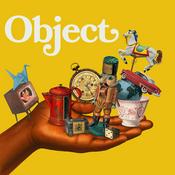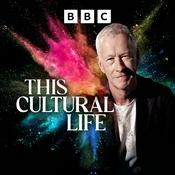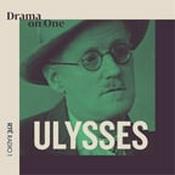362 episodes

Episode 362 - Vatican Museums - The Pinacoteca
24/12/2025 | 24 mins.
While more than 7 million people visit the Vatican Museums each year, few of them realize there is much more to this extraordinary collection than just the Raphael Rooms and the Sistine Chapel. The Pinacoteca, or "painting gallery," of the Vatican Museums opened in 1932 and includes masterpieces by Giotto, Raphael, Leonardo da Vinci, Caravaggio, and Bernini.

Episode 361 - Rome - The National Gallery of Ancient Art in the Barberini Palace
17/12/2025 | 19 mins.
Located in the beautiful Baroque Barberini Palace, the National Gallery of Ancient Art contains works of art produced before the year 1800. It includes masterpieces by Andrea del Sarto, Bronzino, Canaletto, Titian, and Tintoretto. But the collection's most important works are Caravaggio's "Judith and Holofernes," Bernini's "Bust of Pope Urban VIII," and Pietro da Cortona's spectacular ceiling fresco "The Allegory of Divine Providence and Barberini Power."

Episode 360 - Rome - The Borghese Gallery (Part IV)
10/12/2025 | 22 mins.
This 4th and final episode dedicated to extraordinary art collection in the Borghese Gallery in Rome, Italy, focuses on the painting collection on the second floor of the museum, which includes masterpieces by Raphael, Correggio, and Titian.

Episode 359 - Rome: The Borghese Gallery (Part III)
03/12/2025 | 24 mins.
This episode takes you through the 1st-floor rooms of the Borghese Gallery in Rome, Italy. It discusses the breathtaking early statues by Gian Lorenzo Bernini - "Aeneas, Anchises, and Ascanius," "Pluto and Persephone," "Apollo and Daphne," and "David," as well as Antonio Canova's sublime Neoclassical "Paolina Bonaparte as Venus Victrix."

Episode 358 - Rome: The Borghese Gallery (Part II)
26/11/2025 | 26 mins.
This podcast takes you into the extraordinary building and collection of the Borghese Gallery in Rome, Italy. From the great hall with its beautiful ceiling fresco, ancient Roman floor mosaics depicting gladiators and beast hunters, and ancient/Baroque statue of "Marcus Curtius," to the adjoining Caravaggio room which houses six paintings by the great master, a visitor to the Borghese Gallery is immediately struck by the magnificence of the collection.
More Arts podcasts
Trending Arts podcasts
About Rebuilding The Renaissance
Listen to Rebuilding The Renaissance, Table Manners with Jessie and Lennie Ware and many other podcasts from around the world with the radio.net app

Get the free radio.net app
- Stations and podcasts to bookmark
- Stream via Wi-Fi or Bluetooth
- Supports Carplay & Android Auto
- Many other app features
Get the free radio.net app
- Stations and podcasts to bookmark
- Stream via Wi-Fi or Bluetooth
- Supports Carplay & Android Auto
- Many other app features


Rebuilding The Renaissance
download the app,
start listening.



































